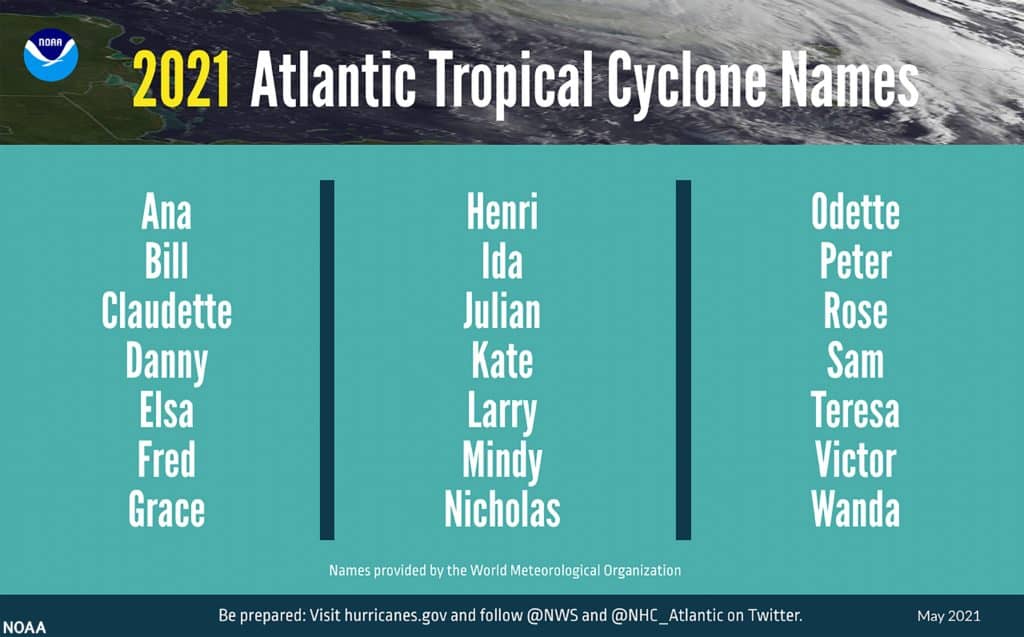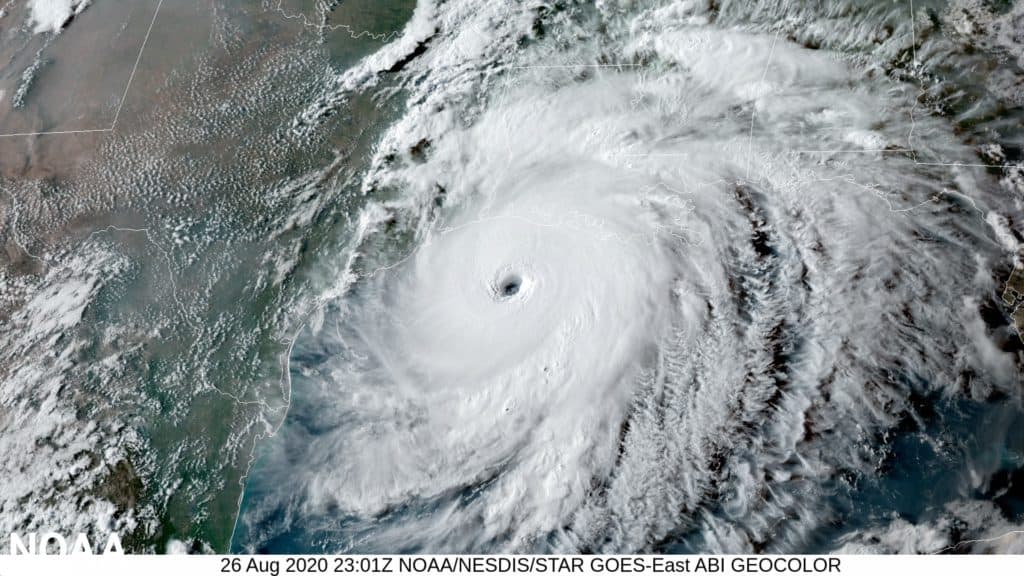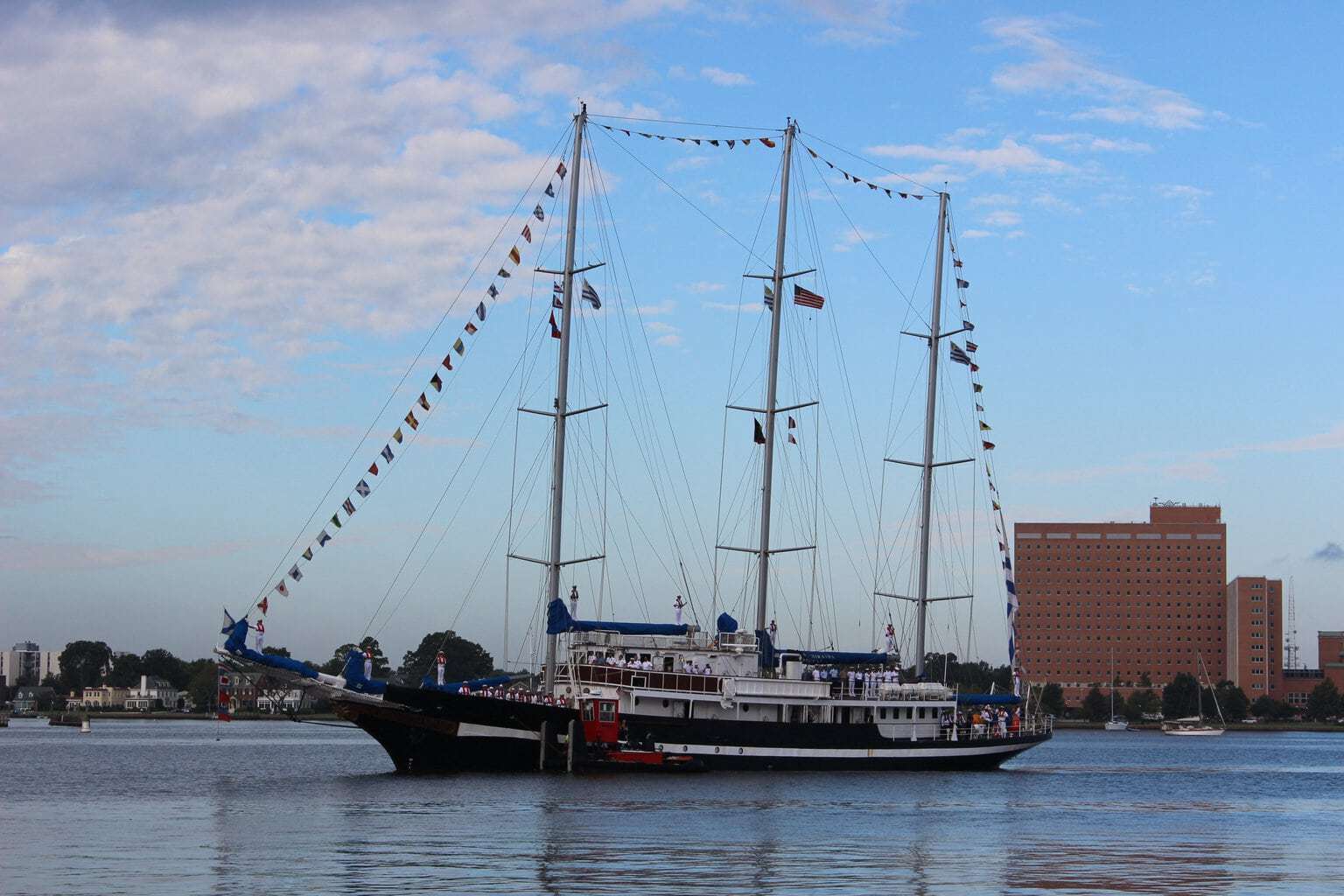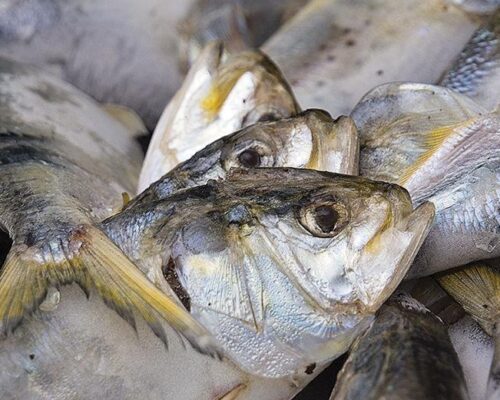The Atlantic hurricane season officially begins Tuesday, June 1, and we’ve seen some doozies in recent years. You’ll recall that in 2020, there were so many named storms that NOAA burned through all of its alphabetical names and had to resort to a numeric naming convention.
This year is going to be busy, scientists predict, but not quite as extreme as last year. The National Oceanic and Atmospheric Administration’s (NOAA) Climate Prediction Center has released its annual pre-season outlook.
NOAA forecasters say there is a 60 percent chance of an above-normal season, versus a 30 percent chance of a near-normal season and only a 10 percent chance of a below-normal season. Before you say, “Enough already!”, know that experts do not expect this hurricane season to reach the historic levels the last one did.
Scientists say there will liekly be 13 to 20 named storms, of which six to 10 could become hurricanes and three to five of those could be major hurricanes—category 3 or above. Those storms would bring winds 111 miles per hour or higher.
“Although NOAA scientists don’t expect this season to be as busy as last year, it only takes one storm to devastate a community,” says Ben Friedman, acting NOAA administrator.
The World Meteorological Organization announced its name selections for 2021’s Atlantic tropical cyclones, seen in the NOAA graphic below:

Since last season, NOAA has updated its Global Forecast System (GFS), added new Hurricane Hunter drones that fly into the lower part of storms to gather data, and upgraded its storm surge model for better predictability and accuracy.
“The forecasters at the National Hurricane Center are well-prepared with significant upgrades to our computer models, emerging observation techniques, and the expertise to deliver the life-saving forecasts that we all depend on during this, and every, hurricane season,” Friedman says.
Last year’s record-breaking season serves as a reminder to all residents in coastal regions or areas prone to inland flooding from rainfall to be prepared for the 2021 hurricane season.
“Now is the time for communities along the coastline as well as inland to get prepared for the dangers that hurricanes can bring,” says U.S. Secretary of Commerce Gina Raimondo.
The Atlantic hurricane season lasts from June 1 to November 30, and in the late summer NOAA usually revises its predictions based on changing conditions. For more details on the outlook so far, watch this video summary.
–Meg Walburn Viviano




